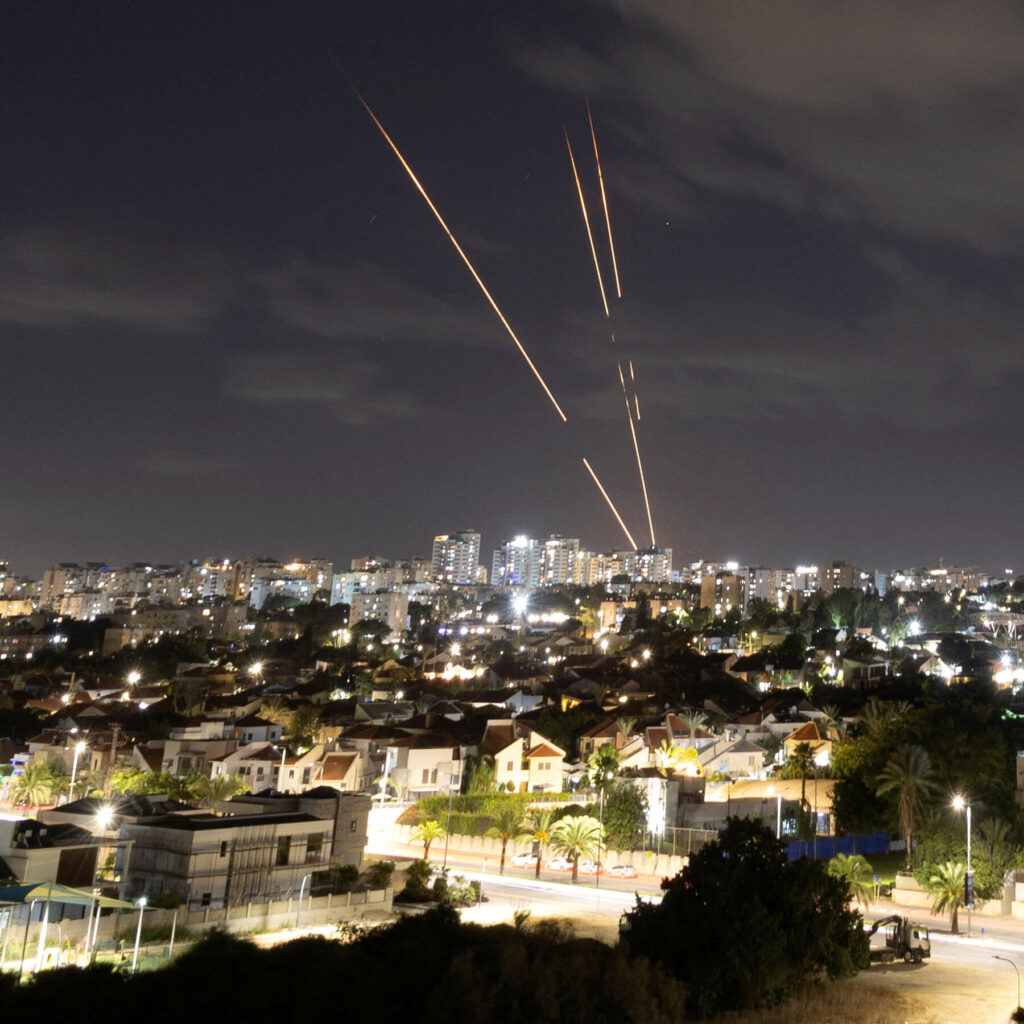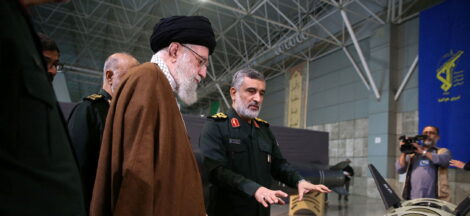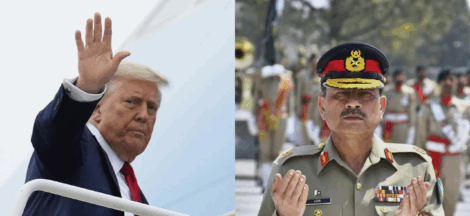By K Raveendran
With the likelihood of a diplomatic solution appearing increasingly distant, West Asia is now clearly veering toward a longer and more intense confrontation, one that may significantly reshape economic, geopolitical, and energy dynamics not only in the Middle East but globally.
What was initially perceived as a retaliatory exchange following months of simmering tensions and occasional flare-ups has morphed into something far more strategic and entrenched. The operational tempo, the choice of targets, and the statements emanating from both capitals suggest that the two sides are not simply signalling strength, but engaging in sustained military campaigns with long-term goals.
Israel’s stated aim of destroying Iran’s nuclear capability is no longer being couched in terms of surgical strikes or symbolic action. Officials have openly indicated that such an operation could span at least two weeks, possibly longer, which already places it well beyond the scale of previous escalations, including the direct exchanges in April and October of 2024. The implication is that Israel has committed itself to a campaign with significant military depth—one that targets infrastructure critical to Iran’s nuclear ambitions but also disrupts its broader strategic and economic posture.
The scope of Israel’s recent operations makes this point explicit. The strikes have not been confined to nuclear facilities or military installations, but have also encompassed a broader swath of targets, including missile storage depots, airports, air defence systems, gas fields, and even regime-linked individuals. This reflects an evolving doctrine—one that seeks to degrade Iran’s retaliatory capacity, political command structure, and economic backbone simultaneously. Of particular note are the attacks on Iran’s energy sector, including a refinery in Abadan and facilities at the South Pars gas field—the world’s largest. These moves mark a clear shift from traditional containment strategies toward an approach that aims to kneecap Iran’s economic and technological lifelines in the medium term.
The targeting of the energy sector introduces a potent economic dimension to the conflict. Iran currently contributes around 3 percent of global oil production and approximately 7 percent of global gas output. While these figures might seem marginal at first glance, they are anything but negligible in an already tight global energy market. Any prolonged disruption of Iranian oil and gas flows—especially from critical nodes like South Pars—would likely inject new volatility into global energy prices. The geopolitical risk premium on oil has already edged upwards since the early stages of the conflict, and with each additional strike on infrastructure, traders and policymakers are recalibrating their forecasts. More worrying still is the risk of cascading impacts: tanker rerouting, shipping insurance hikes, and logistical bottlenecks could all conspire to push prices higher, not just in oil but in related commodities and manufacturing inputs.
The most immediate victims of this unfolding crisis are, unsurprisingly, the economies in the region. Tourism has already declined precipitously in countries like Jordan and Lebanon, and even Gulf states, which had enjoyed a post-COVID resurgence in travel and entertainment, are starting to see the signs of consumer hesitation. Major airlines are reconsidering routes, and insurance rates for regional air travel and maritime shipping have surged. Investors, both foreign and domestic, are pulling capital from Middle Eastern equity markets in favour of safer havens, leading to sell-offs in sectors ranging from real estate to technology. The psychological impact of a prolonged conflict, specially one involving missile exchanges and potential attacks on critical infrastructure, hard to quantify but undeniably corrosive. Consumer confidence has taken a hit, and businesses are postponing or scrapping investment plans across multiple sectors.
Israel, despite its sophisticated Iron Dome and layered defence architecture, is not immune to these pressures. Iran’s response has been far more expansive and effective than its strikes in October 2024. It has managed to hit sensitive targets within Israel, reportedly overwhelming some defence systems through sheer volume and timing coordination. This level of effectiveness complicates Israel’s security calculus and introduces new variables into its decision-making. The domestic impact is already visible: air raid sirens, disruptions to schools and workplaces, and heightened public anxiety. In the longer term, the economic consequences could be significant, especially if investor sentiment sours and foreign tech companies, a backbone of Israel’s export economy, begin to reassess their risk exposure.
Yet what is perhaps most striking about this conflict so far is the calibrated restraint shown by third countries. Both sides have so far kept their military actions bilateral—pointed but not yet spiralling into a regional conflagration. The United States, though vocally supportive of Israel and deeply suspicious of Iran, has thus far avoided direct military engagement. Gulf nations, many of whom harbour strategic anxieties about both Israeli expansionism and Iranian destabilization, have been walking a diplomatic tightrope—issuing statements of concern, boosting local security readiness, but stopping short of involvement. This containment, however, is precarious. Should Iran escalate further and target American assets in the region or oil infrastructure in Saudi Arabia or the UAE, a much broader conflict becomes likely. U.S. retaliation would almost certainly follow, and with that, the spectre of a major Middle East war with implications far beyond the region.
Indeed, the interconnected nature of global trade and finance means the economic fallout from such a widening would be swift and far-reaching. Oil prices, already volatile, could soar well past $100 per barrel, reigniting inflation concerns in Europe and North America and undermining efforts by central banks to stabilize post-pandemic recoveries. Emerging markets, particularly those dependent on energy imports, would face sharp balance-of-payments challenges. Even the global shipping industry could be disrupted if the Strait of Hormuz—through which nearly a third of the world’s seaborne oil passes—becomes contested or risky. That alone would prompt emergency responses from global powers, whether through naval deployments or strategic reserve releases, but these would do little to allay market fears in the short term.
The risk to global supply chains extends beyond energy. With the Red Sea already having witnessed Houthi attacks on commercial vessels in recent months, a broader Israeli-Iranian war could embolden proxy groups across the region—from Yemen to Iraq to Lebanon. Any attacks on ports, pipelines, or fibre optic cables could have knock-on effects on data flows and container shipping, both critical to global commerce. The psychological impact on global markets would likely be profound, with equity markets dipping on fears of sustained conflict, while gold and other safe-haven assets spike in value.
Domestically, Iran faces a complex balancing act. While hardliners may be emboldened by a sense of national victimhood and the perceived righteousness of retaliatory strikes, the economic cost of continued conflict is considerable. The country is still grappling with the effects of years of sanctions, high inflation, and a restive population increasingly disillusioned with the regime’s priorities. A prolonged war, particularly one that inflicts damage on civilian infrastructure and energy exports, could deepen domestic discontent and amplify internal dissent. This in turn may make the regime more aggressive internationally as a way to consolidate control at home—a dangerous feedback loop that reduces the likelihood of de-escalation. (IPA Service)



